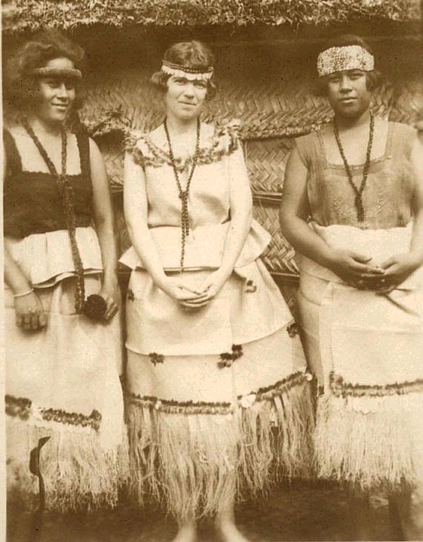Modelling Gender
Ok, so this started as a comment to Roisin Foley’s “Apparently I’m a Man on the Internet?” Post. But then it grew, and grew, and grew, so I’m putting it up as a post.
Analyzing The Gender Genie at this point, I’d say a more complete/complex understanding of people would lead to a better computer model. We should also realize that just as we have the ability to change technology / this model to fit our diversity, such a technology might also impact us. For instance, some people using the Genie (like might as a result try to act more stereotypically “male” or “female”.
In my computational linguistics class, we saw that statistical tests often prove to be very accurate (and computational linguistics is pretty related to what we’re talking about — analyzing text, just in this cased based on the gender of the person using it). I think it’d be really interesting (I mean, I’m just personally curious) to use statistics as a way to test someone’s gender — could a computer model of gender writing be accurate? This still brings up issues surrounding a technological tool enforcing gender stereotypes. Plus there’s the whole issue of categorizing people into “male”/”female” when we’ve just seen how gender is more a fluid expression than a binary categorization.
Final thought: the genie seems to be a kind of reverse “turing test” on gender. As I think we discussed, according to the test, a machine is deemed “intelligent” when a human communicating with it can not tell the difference between it and a fellow human. So a turing test on gender would deem a machine “male”/”female” (now that’s an interesting thought, isn’t it?) when a human communicating with it can’t tell the difference between it and a person of the same gender. A reverse turing test on gender, then, would deem a human “male”/”female” when a machine communicating with it can’t discriminate between the human and other people (or some model) of the same gender.
Comments are closed.

I know a few studies analyzing the language of blogs to determine gender and/or to discuss the linguistic differences between female and male bloggers. I think those kind of analytics are really interesting.
In response to Laura, yes, that does sound interesting!
Rebecca,
We have discussed Turing machines in my CS classes (though not in computational linguistics I don’t think). The Turing machine idea provided a basis for current computers. While the machine and the human mind both had “finite memory and finite states”, the machine was actually theoretical because it stipulated an infinitely long tape of (essentially) instructions [correct me if I’m wrong, Mr. Turing :)]. Though now that I think about it, computers now allow for an almost infinitely long “tape” of instructions — ie the programs that people are continually writing for them. But back to gender.
It seems to me like in theory we could find a “computational rule” for the human brain and for gender — however, I think the rule would be really, really, really complicated. And I’m not sure if we’ll ever be smart enough to figure out the rule — we still don’t even entirely understand DNA, and the human brain and gender are at least as complex. Plus gender and how we construct/present it depends on factors outside our body (eg our parents, society, etc). So the rule would have to take all those crazy details into account.
A reverse Turing test for all gender/sex types would be interesting (but also brings us back to the troublesome idea that the reverse Turing test relies upon — labels, rather than gender fluidity). Yes, I think you’re right: the tests test a perceived ability to think. Then again, that’s just about as good as the real thing.
Natasha and Rebecca:
I’m just curious … what would be the point of using an infinite amount of tape to allow a Turing machine to find a computational rule for gender? What would you want or need to do with that information?